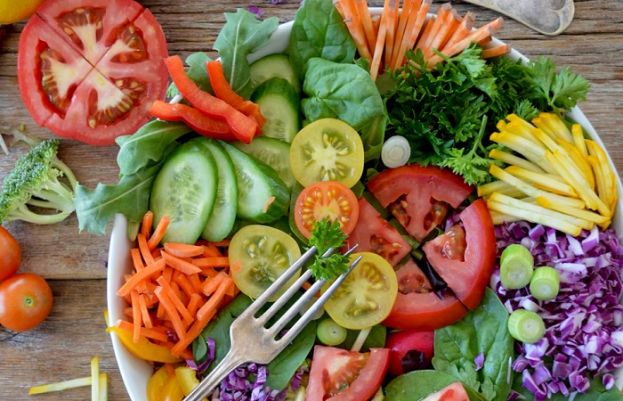
Did you know that bloating can be prevented by making a small change to your diet and consuming common foods and ingredients? You can get a flatter body by eating foods that are nutrient-dense and flavorful.
According to an international newspaper, Dr Megan Rossi, famously known as The Gut Health Doctor, discussed in her book Eat Yourself Healthy that although there are complex factors that contribute to bloating, it can be reduced or even completely avoided by making small dietary changes.
She suggests limiting foods containing FODMAPs, a class of carbohydrates that the small intestine has trouble absorbing and which can aggravate the issue.
She also advised avoiding large meals, making sure to chew your food thoroughly, and generally eating less frequently.
Here are three simple dietary changes you can make to reduce belly fat:
Go easy on legumes
In addition to being a good source of plant-based protein and important micronutrients, legumes like peas, beans, chickpeas, and lentils are also high in fibre and FODMAPs.
Try tinned, thoroughly rinsed varieties as an alternative, and stick to a smaller portion size — a quarter of a cup — to help prevent bloating. Whole grains like quinoa, rice, and oats make good substitutes for legumes.
One food known to contribute to bloating is gluten sensitivity, and quinoa is particularly high in protein and suitable for those with this sensitivity.
A 250-gram pouch of cooked quinoa, 150g of cubed feta, half a cucumber diced, 150g of sliced strawberries, and a few handfuls of finely chopped mint leaves can be combined to make a quick and simple quinoa salad. Dress with 2 tablespoons of extra virgin olive oil, 1 teaspoon of honey, the juice of 1 lime, and a pinch of salt and pepper.
Onions are a no-no
The kitchen’s workhorses, onions and garlic, are also high in fructans, a type of soluble fibre that can make you feel bloated. You can satisfy your allicin craving without worrying about the windy effects by using the green part of spring onions, adding chopped chives, or using garlic oil.
Dr Rossi also coined fennel as a “fantastic substitute” for flavour and texture that is easier on the digestive system.
Set your oven to 200 C/180 C fan/gas 6 and prepare this delicious chicken and fennel dish for dinner. In the bottom of a baking dish, arrange some sliced, peeled carrots, a fennel bulb, and a quartered lemon.
With the skin facing up, arrange eight chicken thighs on top. Drizzle with olive oil and season to taste. Combine 1 teaspoon of honey with 200 ml of chicken stock. Fill the dish with the mixture, then bake for 35 to 40 minutes, or until the chicken is well browned.
Use fruits sparingly
Dr Rossi also shared that fruits like apples have high levels of FODMAPs, fructose, and fibre, all of which can make you feel bloated. You should also consume fewer apricots, cherries, dates, figs, peaches, pears, and plums.
Blueberries, strawberries, raspberries, citrus fruits, and grapes are more stomach-friendly options. To avoid overdosing the gut, try to limit your fruit intake to one piece at a time.
Fruit that has been cooked has more easily absorbed fibre. With live yoghurt, try this low-FODMAP strawberry, ginger, and rhubarb compote; the probiotics it contains will help with digestion.
Combine 250g chopped strawberries, 250g chopped rhubarb, 1 tsp vanilla extract, 1 tablespoon peeled and finely grated ginger, 1 tablespoon maple syrup, and 1 tablespoon water in a pan and simmer for 20 minutes over low heat. Let cool and keep refrigerated in an airtight container.











